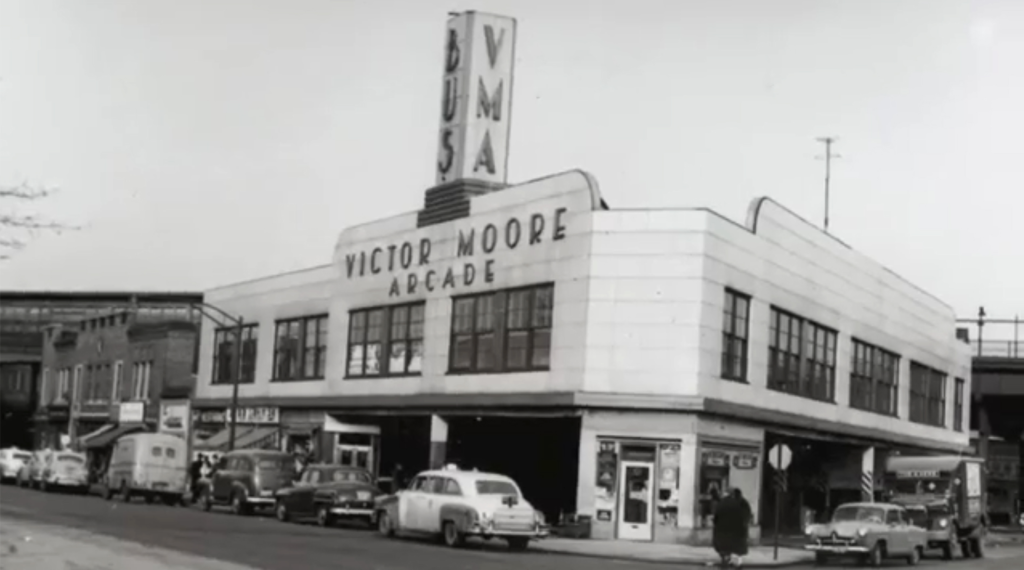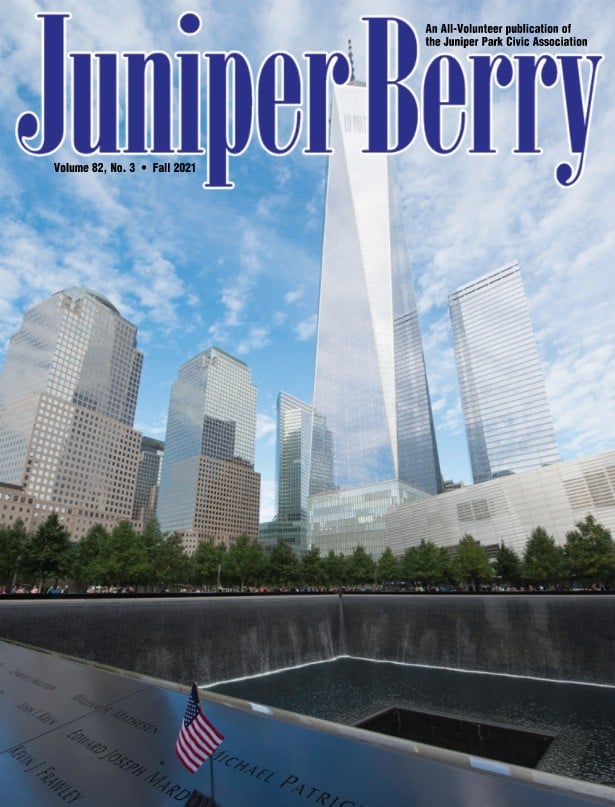You stand at the corner of Roosevelt Avenue and 74th street, look north and notice tony apartment buildings beyond the shadow of the el, while people scurry about, and a Fifth Avenue double deck bus passes by. This scene is the Roosevelt Avenue Hub seventy-five years ago, but it could almost have been today, sans the Fifth Avenue double deck bus.
At one time, this upscale area with a nearby busy transit hub, consisted of salt marshes and meadows and was known as Trains Meadows. In stepped Edward Archibald Mac Dougall, a developer. Mac Dougall would build America’s first garden and cooperative community at Trains Meadows and name it “Jackson Heights.” What made Mac Dougall decide to act on his ambitious project was the fact that the Dual Contracts IRT and BMT (now No. 7, subway) would one day run from Manhattan to Jackson Heights. Originally, Jackson Heights was planned to face Northern Boulevard. The whole plan was turned around to face Roosevelt Avenue when it was announced that the Dual contracts subway would run along Roosevelt Avenue instead of Northern Boulevard.
IND reaches Jackson Heights
On August 19th, 1933, the new Independent Subway, tunneling under Broadway, reached Roosevelt Avenue and 74th street in Jackson Heights. When the IND first reached that point, subway riders wishing to ride farther had to use paper transfers, go out on the street and climb stairs to reach the el platform. Now that there are enclosed free transfer escalators, between the IND subway and the 1RT (No.7) el, the intersection of Broadway, Roosevelt Avenue and 74th street is the most important intersection in Jackson Heights.
Triboro enters Hub scene
By the 1930s, feeder bus service to a rapid transit line had replaced the trolley as a means of commutation to Manhattan from Queens. Triboro Coach, now the dominant bus operator in Jackson Heights, decided to tap into the IND terminus at Roosevelt Avenue and 74th street, as a source of potential business. In September 1933, Triboro instituted a new route, (Q19A), from Roosevelt Avenue and 74th street to Corona. At about the same time the Q33, Jackson Heights—LaGuardia Airport Route was extended from 82nd street along Roosevelt Avenue, to 74th street. In 1939 Triboro began three new routes from Roosevelt Avenue and 74th street, which by then had become the hub of Triboro’s operations. The routes were: the Q45, Jackson Heights-Juniper Valley, to 80th street and Eliot Avenue; the Q46, Sunnyside-Corona, and the Q47, Jackson Heights- Marine Terminal at La Guardia Airport.
The Victor Moore Arcade
In 1941, what would become a Jackson Heights landmark and the centerpiece of the Roosevelt Avenue Hub, was constructed on a triangular plot of land between Broadway, Roosevelt Avenue, and 79th street. Named after a local vaudevillian, the Victor Moore Arcade was an art-deco, two-story building, with offices on the upper level, and provisions for Triboro bus, loading and unloading on the street level. For more than six decades, red and brown Triboro buses departing the Victor Moore Arcade off-street terminal was a familiar sight until 2003, when the Victor Moore Arcade was replaced by an MTA Transit facility with provisions for off-street bus loading and unloading. The Victor Moore Arcade garnered a little fame in the fifties when scenes from the Alfred Hitchcock black-and-white thriller “The Wrong Man” starring Henry Fonda were shot there. Today, one sees tony apartment buildings from the thirties within walking distance of the Roosevelt Avenue Hub. These (now MTA) buses, depart an off-street MTA terminal, and ply much of the same original Triboro hub routes, Sadly, the Victor Moore Arcade has joined the all too long list of lost Queens landmarks.




